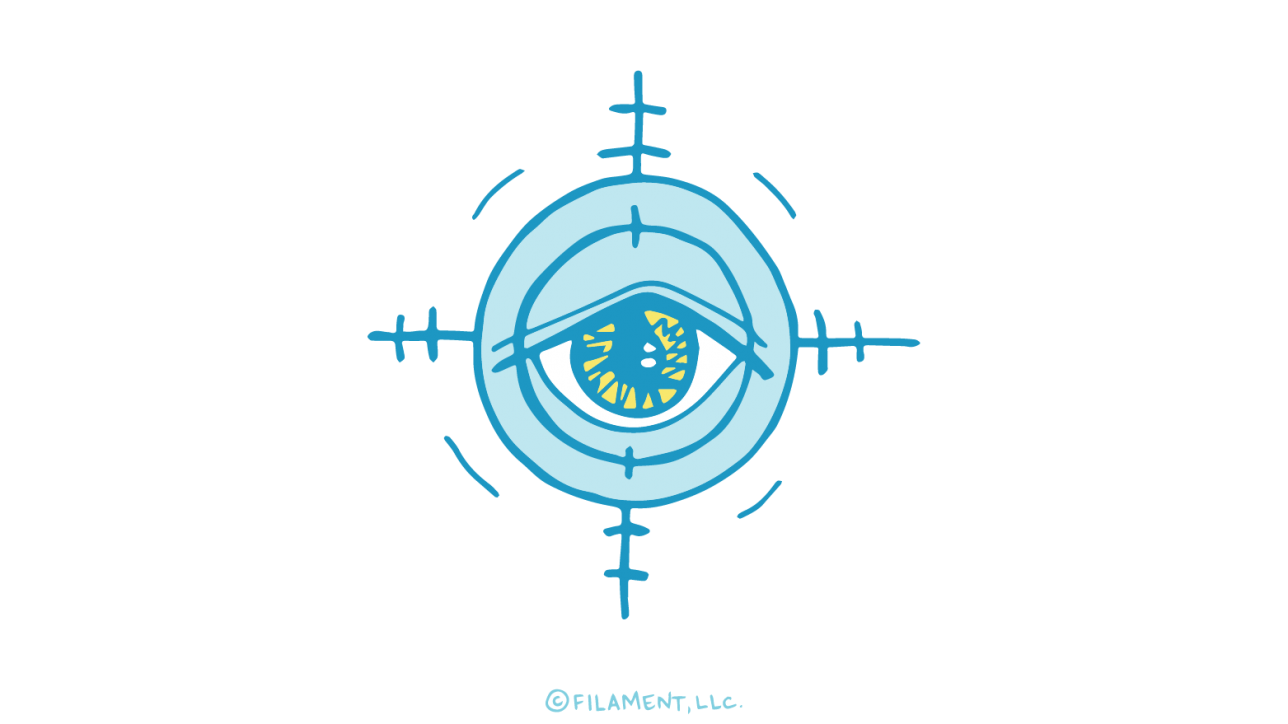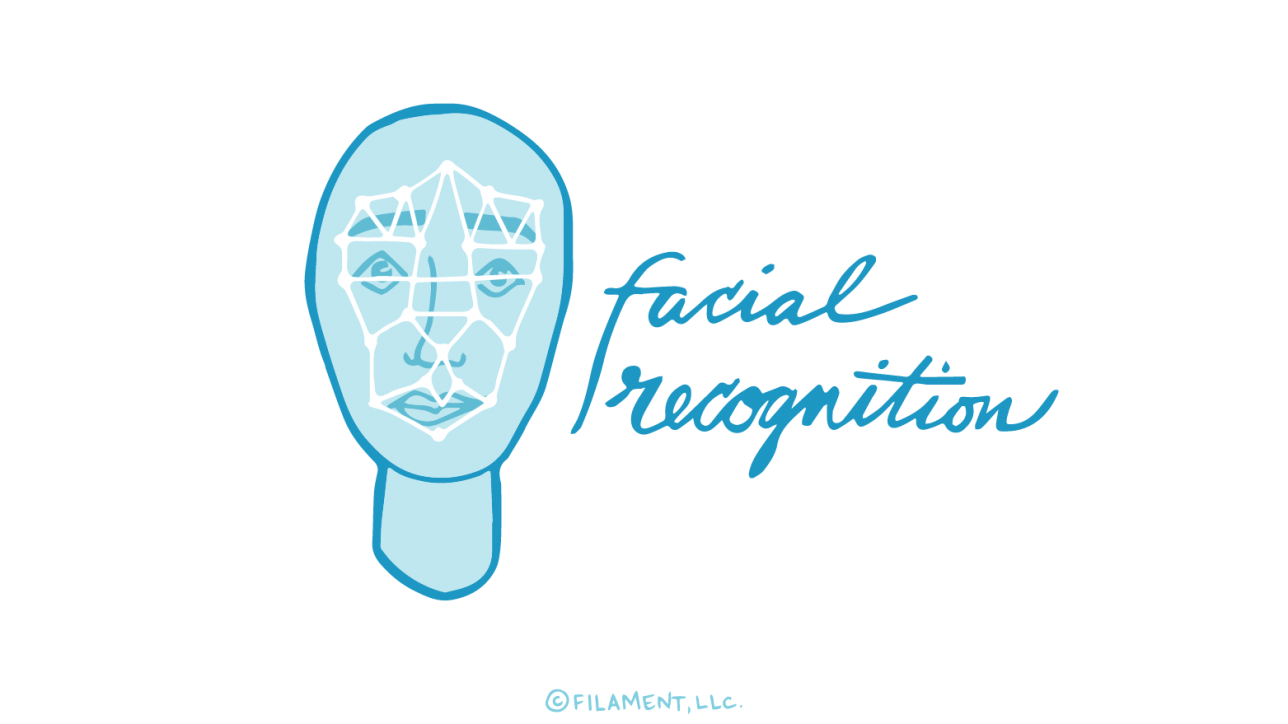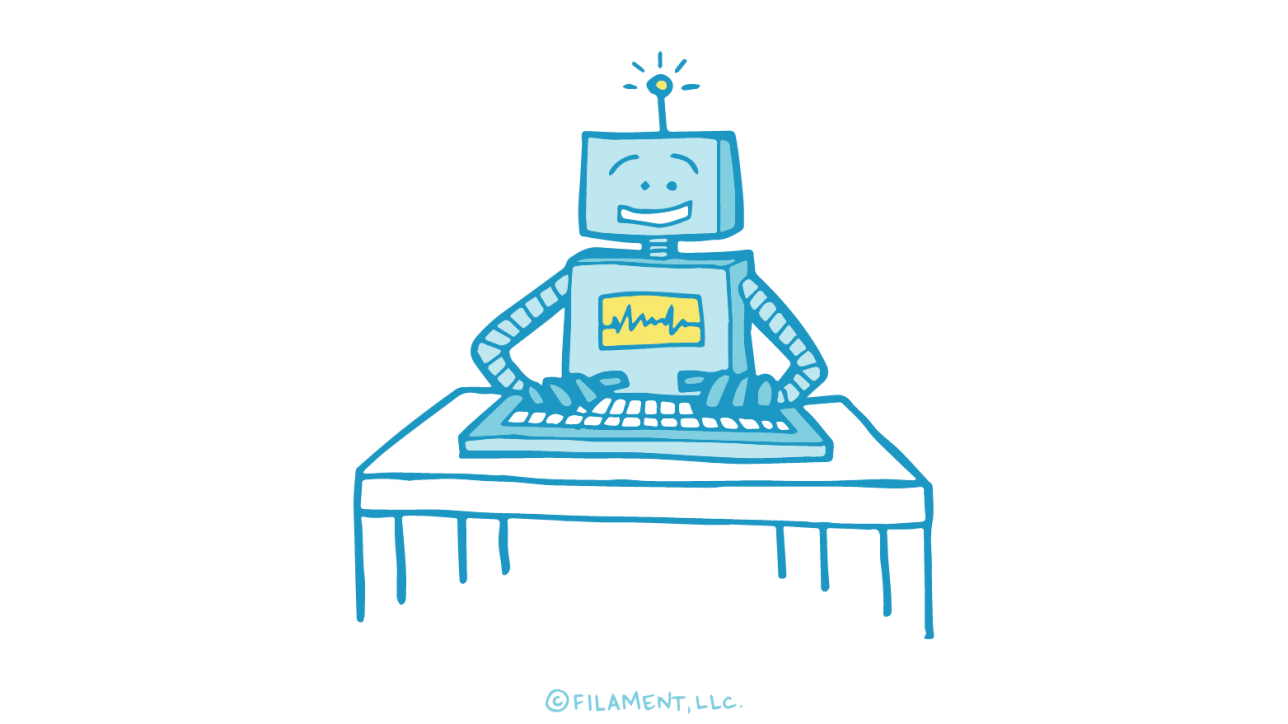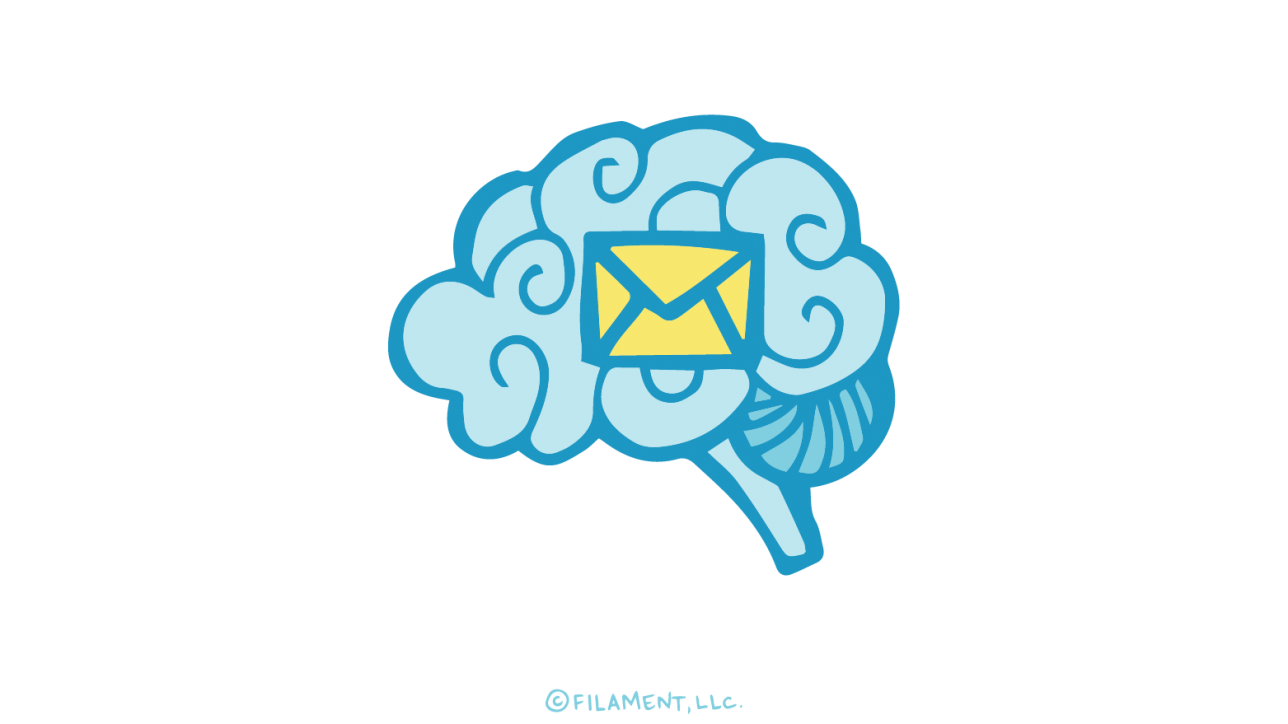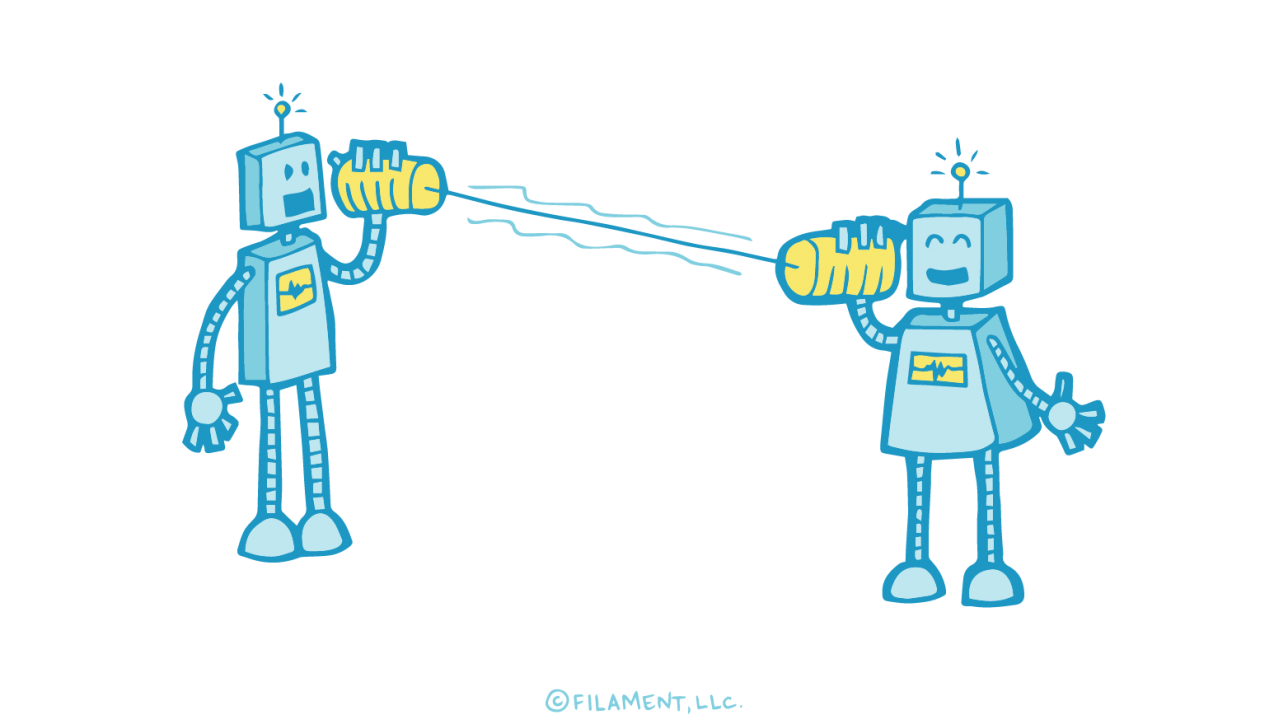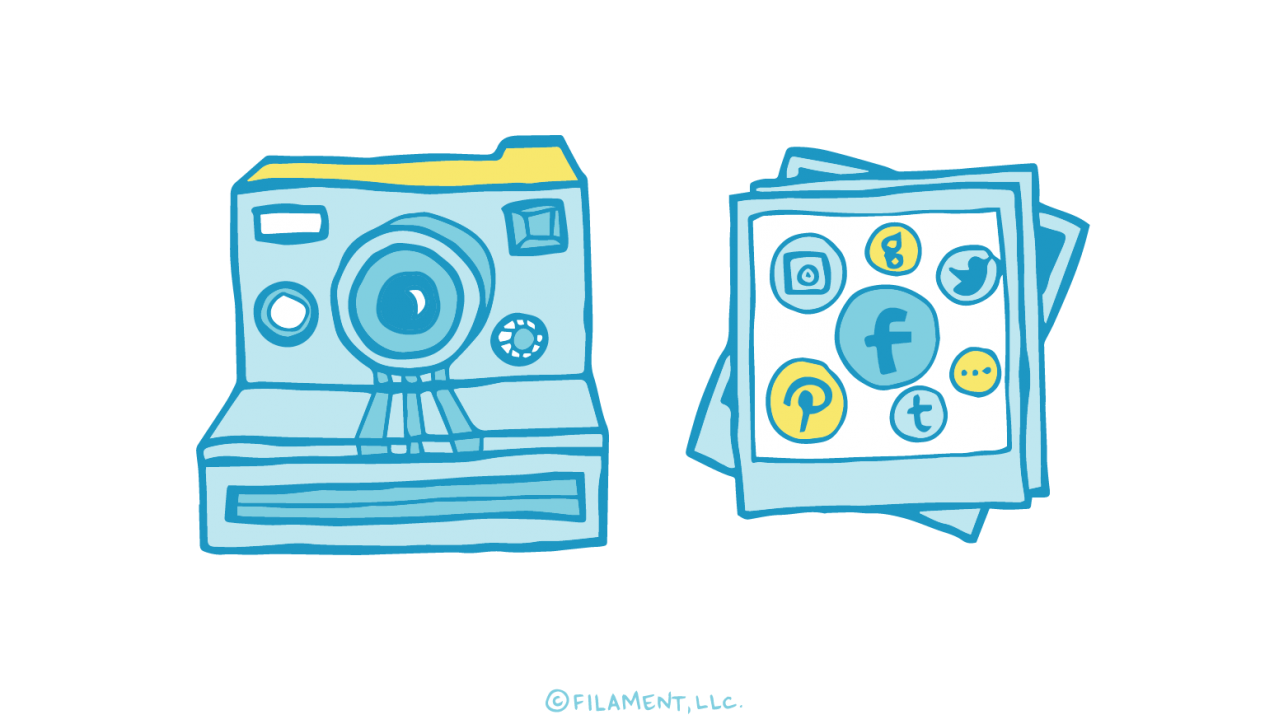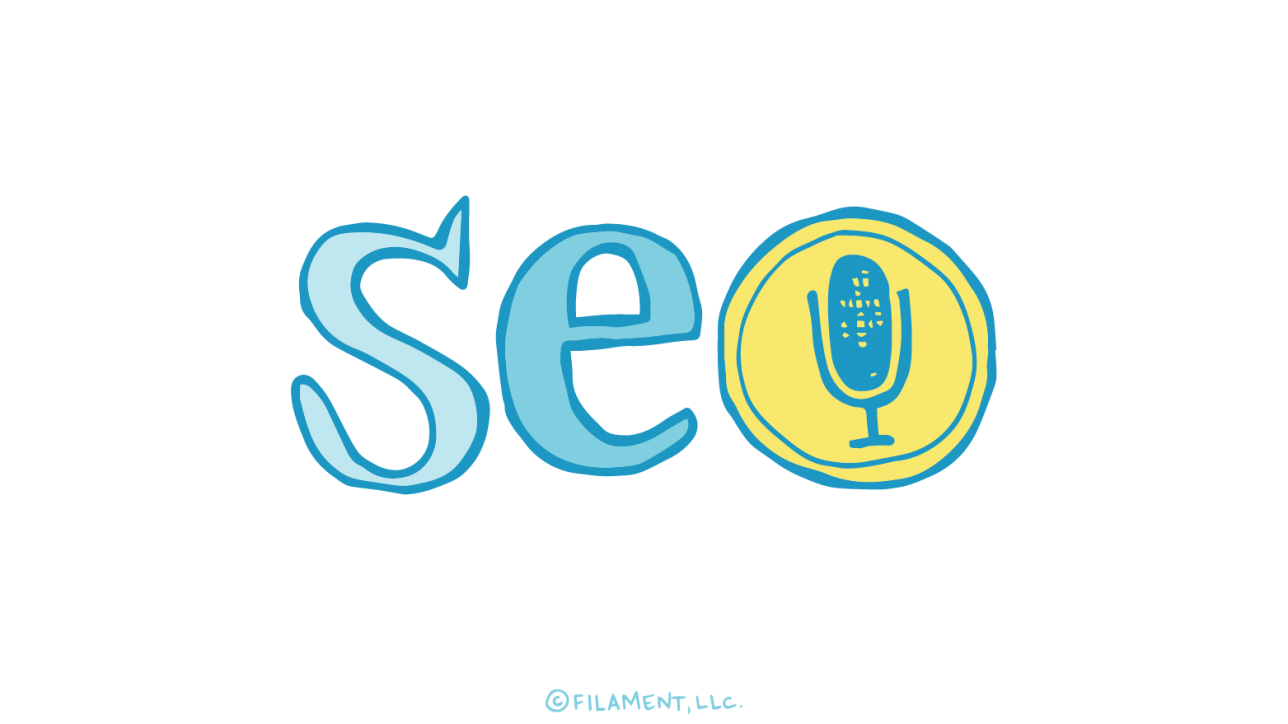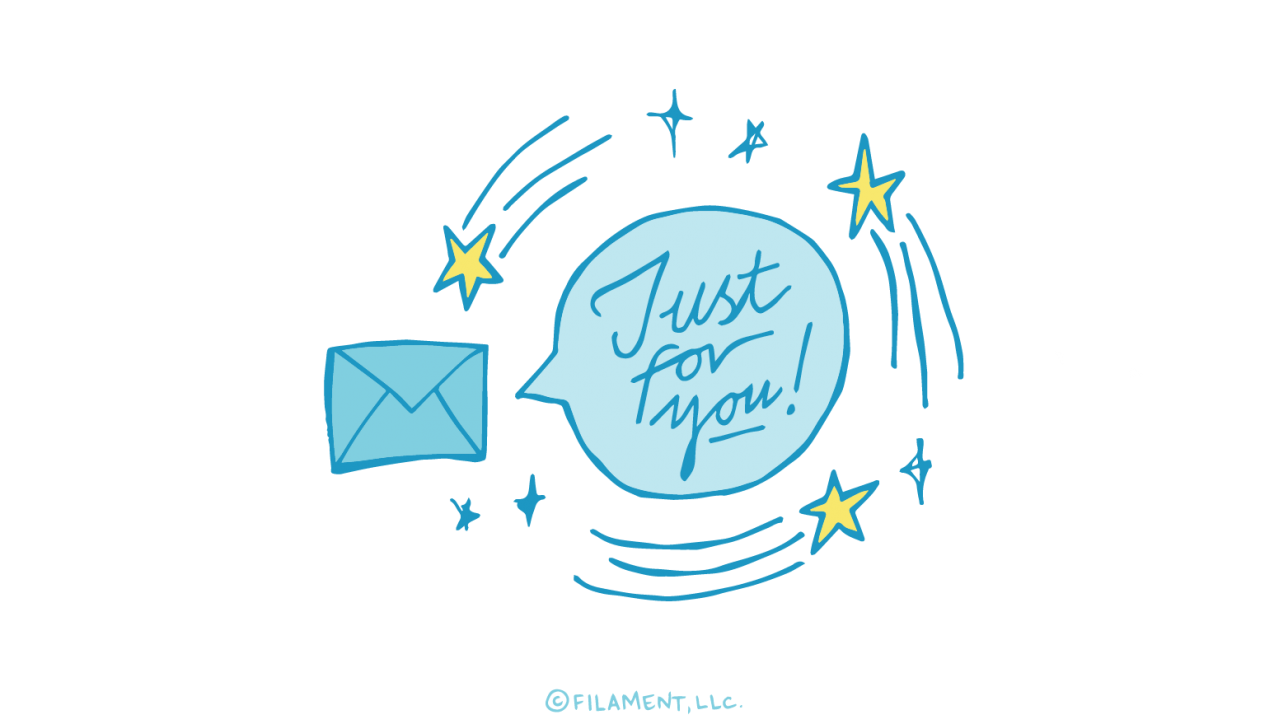We’ve all heard that a picture says a thousand words and that can truly be the case, especially when it comes to art. But what about the computer world where code, and not human eyes, determines what an image is and how much value it has? In short, image recognition SEO helps computers recognize the value of pictures and you don’t need a thousand words to get credit.
Let’s take a minute to look back at the relatively short history of image recognition SEO and the huge leaps we’ve already seen so we can understand the future and the impact this can have on your web presence.
Initially people started adding images (and when we say images we mean still as well as video) to their web pages because they discovered it increased viewer (human viewer) engagement. The problem then was that the search bots could not see or interpret images so basic keyword SEO was suggested. It was also realized that the visually impaired were not getting the value of these images and keywords were pushed in the forms of alt attribute tags and captions that could be read by page reader programs so the value wasn’t lost. This is an important aspect of image SEO because adding this data to your website not only helps your website but it makes the experience better for people with visual impairments, and the search engines want to actively promote accessibility and usability. While we do not have information on the specifics of what SEO elements are most important, we do know that this one ranks way up there because of the human element.
For years SEO experts have been pushing keyword optimization and alt tags because your images had little to no value to search engine as they couldn’t understand them. This is changing and it’s changing quickly. In fact, Facebook has a pretty nifty artificial intelligence (AI ) program that helps them identify what’s in an image. If you’re a regular Facebook user you may have already seen the data when an image is slow to load. Google is racing Facebook to perfect its AI and create a system that will help with searches. At this point, identifying easily recognizable images (i.e. a giraffe or a house) is not only mastered but with the AI element, once a giraffe is identified it will be more easily recognized and labeled in the future. The interpretation of video is more difficult and that technology is slower to roll out but it most definitely will get there.
Now, don’t jump to the conclusion that while the search bots will eventually be able to read your images and classify them that you need to be hands off. In fact, it actually means the complete opposite—it is more important than ever to use keywords, captions, alt attribute tags, etc. for your images. When creating this data remember to describe what the image is, use your keyword/keyphrase and create short file names that are descriptive. Control the value of your images by properly labeling them to your advantage.
What else can we glean from this trend? Use more images! It’s not a wave of the future, we’re way beyond that. You need to use images to capture and hold onto your audience or risk losing out to the competition. Our advice, use images but pay attention to file size because if your images take too long to load you not only lose your audience, you lose SEO value.
Spend some time familiarizing yourself with image recognition SEO and how you can use it to your advantage. Filament is always here to help you optimize your web images so you can reap the rewards of attracting more people to your page and holding their interest longer. Contact us for more information on how we can help.
